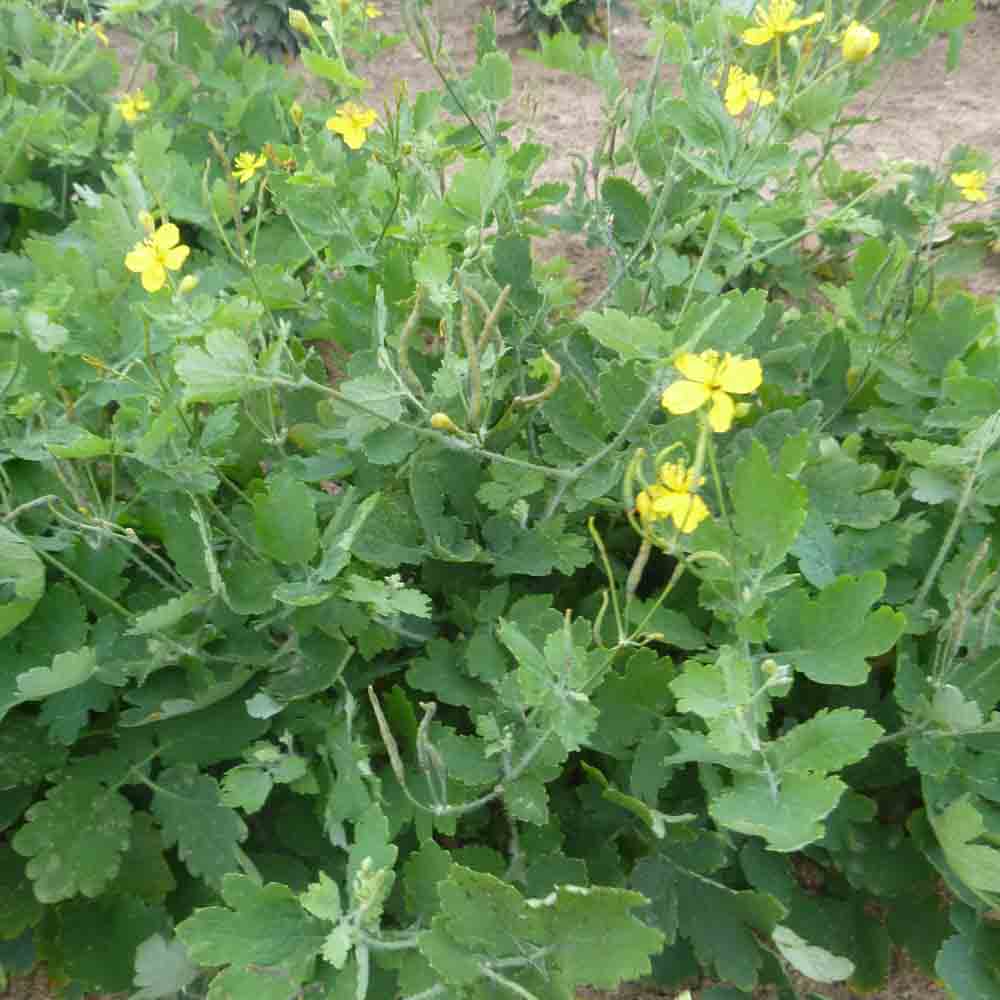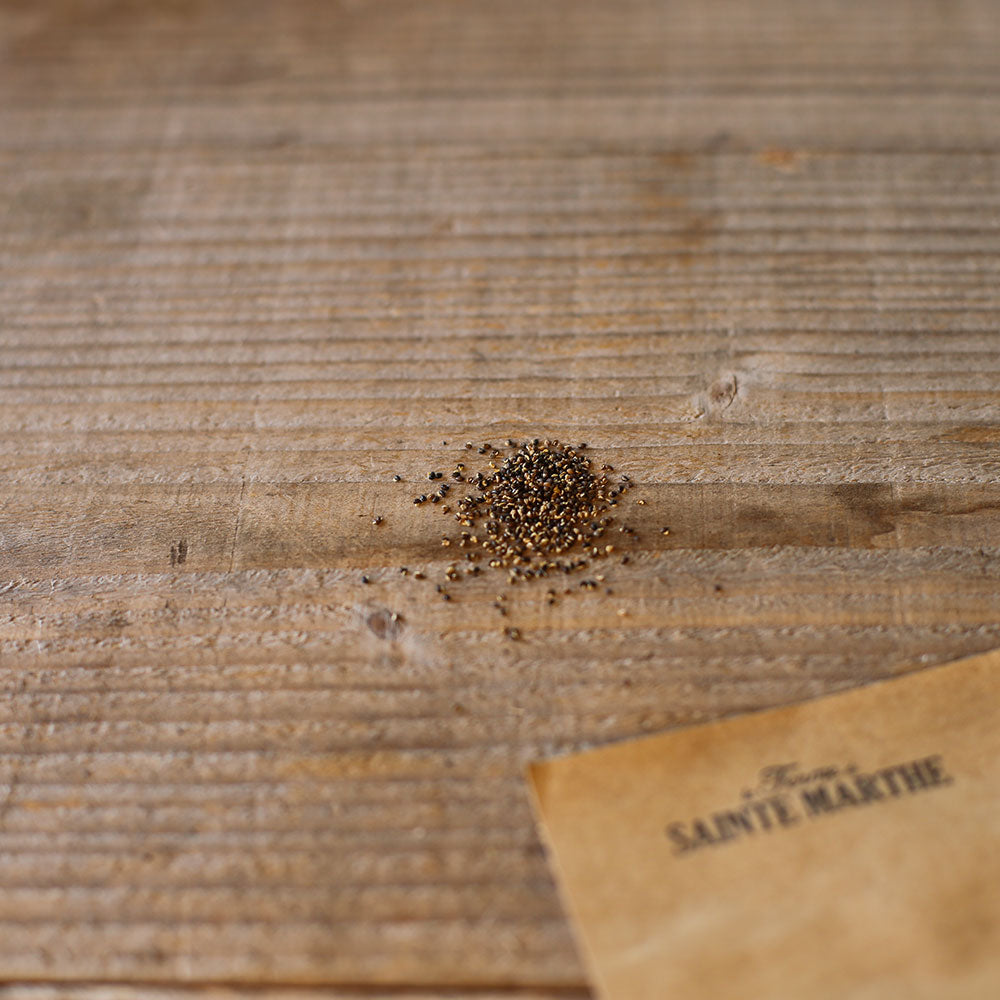GREATER CELIDION NT
Chelidonium majus
Greater celandine, also called wart herb, is a perennial honey plant about 50 cm tall, with upright stems bearing yellow flowers in umbels from May to September. Traditionally used for its action on many ailments (liver, rheumatism, warts, etc.), the latex that escapes from the stem contains an alkaloid, coptisine, with antimitotic properties, giving it its anti-wart virtues when applied locally and repeatedly. Be careful, the irritating latex of this plant contains several toxic alkaloids. Never consume this fresh plant, it is only used externally. Successfully sowing greater celandine Sow in March-April or September-October at 14-20°C. The natural germination rate of this species is relatively low. Planting Greater Celandine Replant 3 to 4 weeks after emergence, in partial shade in well-drained soil; it should adapt well to all types of soil. It will thrive at the edge of a wall, in a perennial bed, or at the edge of a tree bed. To prevent spontaneous seedlings, cut the flowers as soon as they begin to wilt.











